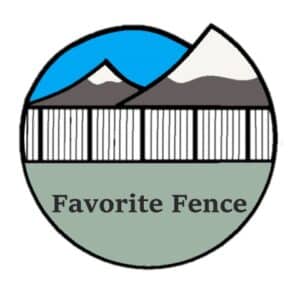Homeowners exploring alternatives to wood for their outdoor perimeter fencing needs will find both PVC fencing and vinyl fencing product offerings. Questions arise: Does PVC fencing last longer than vinyl? Is vinyl fencing more durable than PVC? And, why is it so frustratingly impossible to find any real descriptive differences between PVC and vinyl fencing? Well, there is a simple explanation:
In the outdoor fencing industry, the terms: “vinyl fencing” and “PVC fencing” are used 100% interchangeably. Both “PVC” and “vinyl” fences are made from polyvinyl chloride (PVC) and must be fortified with additional stabilizers, modifiers, and plasticizers to enhance outdoor performance and UV resistance.
The term “vinyl” refers to ethenyl and is a key ingredient in chloroethene—also known as vinyl chloride. When initiators are added to vinyl chloride, a free radical chain of polymers is created called polyvinyl chloride (PVC) which is extracted, dried, and pelletized to be used as the main component of PVC vinyl fencing.
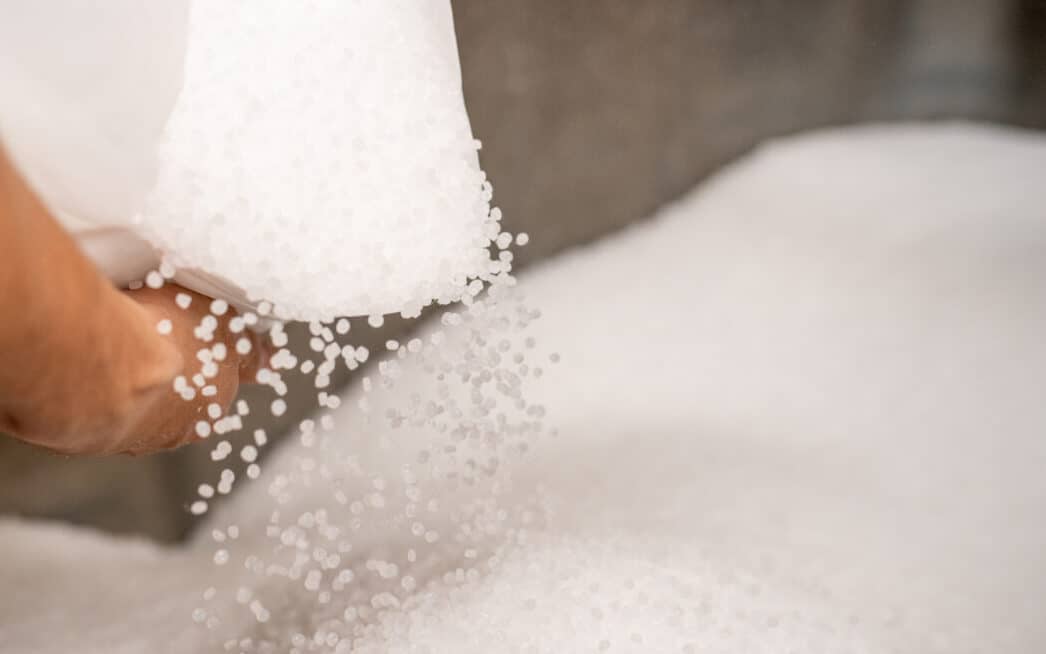
What You Didn’t Know About PVC
Unmodified polyvinyl chloride (PVC) has very few useful standalone properties. It is brittle, subject to UV degradation and has a low melting point. There is not a PVC vinyl fence on the planet that is manufactured and distributed with just raw unmodified polyvinyl chloride (PVC). All PVC based fencing products (and nearly all PVC based materials in general) incorporate a conversion process of the unmodified polyvinyl chloride into a fortified compound.
Products labeled as “PVC”, whether it be plumbing, fencing, flooring, or windows, refer to PVC as the base material modified with fortifying additives and converted into a functional end product.
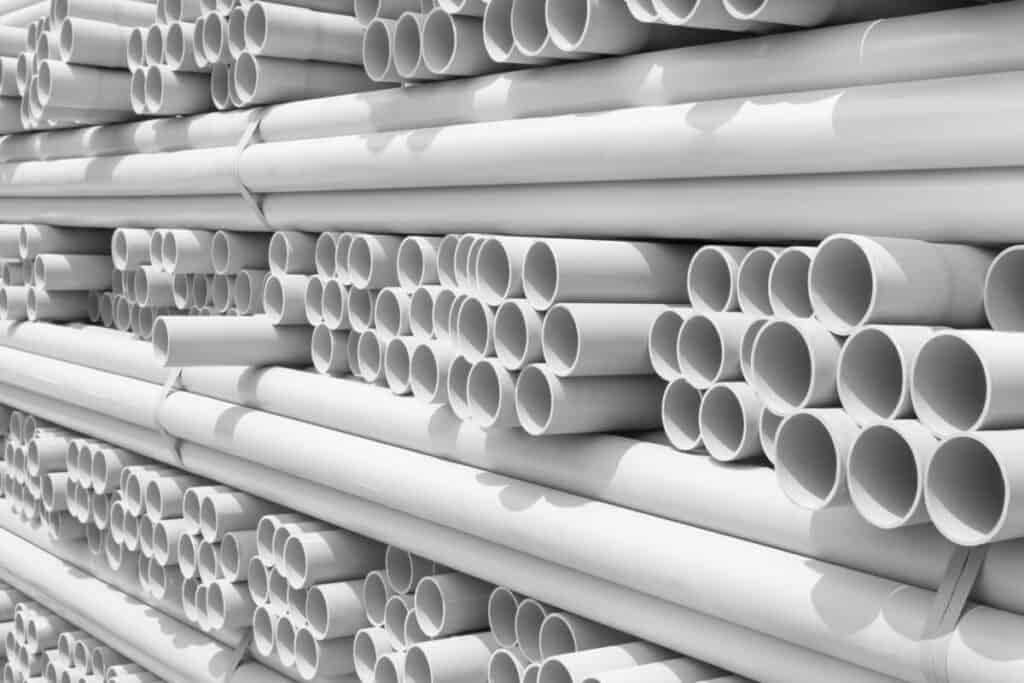
The varying ratio of additives used in the conversion of unmodified PVC into a finished product is where quality differences can be identified in the resulting material. Many of the additives are very expensive and the actual formula and ratios involved with PVC vinyl fence manufacturing can yield products with varying capacities to withstand outdoor degradation.
In essence, the determinant factor for quality isn’t whether a fence is termed as “Vinyl” or “PVC” (they are, in reference, one and the same), but rather the ratio of modifiers and stabilizers used in manufacturing.
Side note: Customized conversions of PVC have enabled manufacturers to supply a huge myriad of different end-consumer products, such as: wire casings, PVC plumbing, vinyl fencing, flooring, and windows—to name a few.
PVC vs Vinyl: Why so much confusion?
The terms “vinyl” and “PVC” are generally used loosely by consumers because many products have been marketed and branded in ways that shape how we use and reference those terms.
For example, the term: “PVC” has been highly coined to be associated with PVC plumbing. It may sound strange and even cause confusion to hear the term “PVC” accurately prescribed in defining other products, like: PVC flooring, PVC windows, PVC encased wire, PVC clothing, and PVC fencing. No, a PVC fence does not typically insinuate a fence made out of PVC plumbing—although it could—there are a few PVC fences made from PVC plumbing out there.
In similar fashion, the term: “vinyl” has been marketed to establish a more favorable impression than the term “PVC”. Vinyl fencing sounds more aesthetic than PVC fencing and vinyl flooring sounds more high-end than PVC flooring.
Who is the Best PVC Vinyl Fencing Company? Research Hacks that Level the Competition
Determining which manufacturer or retailer has the best PVC vinyl fencing product can seem daunting. Most manufacturers will market a few characteristics of their product to establish rapport. However, no one gives the parts-per-million ratio of all of the additives used to convert unmodified PVC into an outdoor enhanced material—making it difficult to make apples to apples comparisons.
Don’t worry, it isn’t as difficult as it may seem. The fact is, most companies manufacture their products according to certain industry standards, such as: ASTM F964-13(2019)—tested and proven PVC vinyl fencing manufacturing methods that yield a very high capacity to withstand outdoor degradation.
Manufacturers and retailers may register their products to certify standard adherence. However, certifications can require recurring registration expenses. In order to minimize costs, some manufacturers simply maintain non-certified adherence to ensure their product is of affordable top-notch quality. If a company does not provide ASTM F964-13 (2019) certification or adherence information on their website, a quick call to the company could easily provide answers. My website page: What is the Best Vinyl Fence Company explores this topic in much more depth.
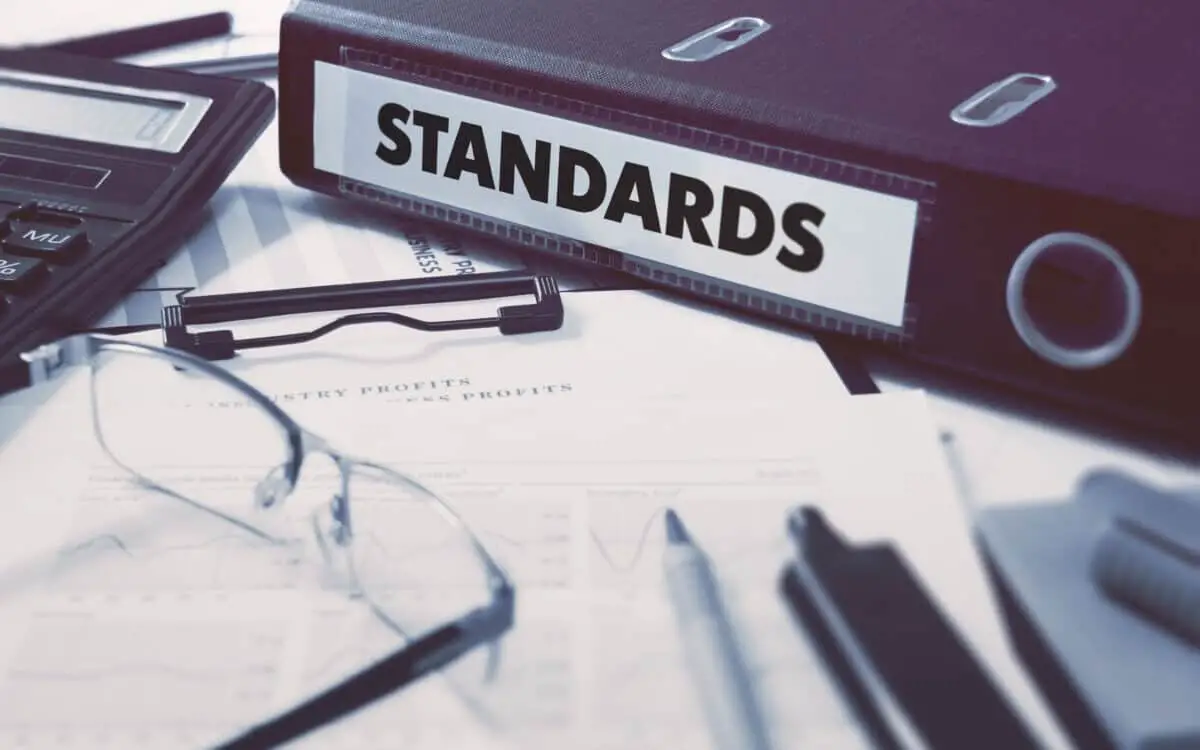
Additives Used In PVC Vinyl Fencing:
A well made PVC vinyl fencing product adherent to industry standards is durable, strong and highly resistant to outdoor and UV degradation. Highly tenacious, a well made product can last for decades, and perhaps, as claimed by some manufacturers, a lifetime—all because of the the ratio of additives used in the conversion of unmodified PVC into a fortified material. Some of the additives used in the conversion process are listed below:
- UV Inhibitors: Add long lasting capability to avoid UV damage. TiO2 (Titanium Dioxide) is a common, yet expensive, ingredient used in the outer cap-stock of vinyl fence posts, rails, pickets and panels. It absorbs UV rays from the sun and reflects non UV light. Its UV absorption qualities protect the vinyl fence material from discoloring or yellowing. It also enables the fence to maintain a bright appearance.
- Impact modifiers: Rubber particles added into a polymer matrix (continuous multi-unit strand) to be able to sustain mild impact and reduce the tendency of unmodified PVC to chip and crack. Impact modifiers have a similar function as rebar installed into concrete to prevent cement driveways and sidewalks from cracking.
- Acrylic modifiers: Acrylic additives used to prevent outdoor weathering, increase strength, and improve resistance to damage from the heat in hot climate regions and the cold in cold weather regions.
- Plasticizers: Add flex to the material to reduce the susceptibility of unmodified PVC to become brittle.
- Heat Stabilizers: Enable the PVC vinyl fence to maintain shape and outdoor tenacity in hot climates and to be more resistant to flammability in extreme temperatures.
Other factors to consider when choosing between PVC vinyl fencing products are the post and rail thickness and whether the product is co-extruded (manufactured with an inner layer to add strength and an outer layer to provide resistance to outdoor degradation) vs. mono extruded—single layer extrusion of one PVC compound further explored here.
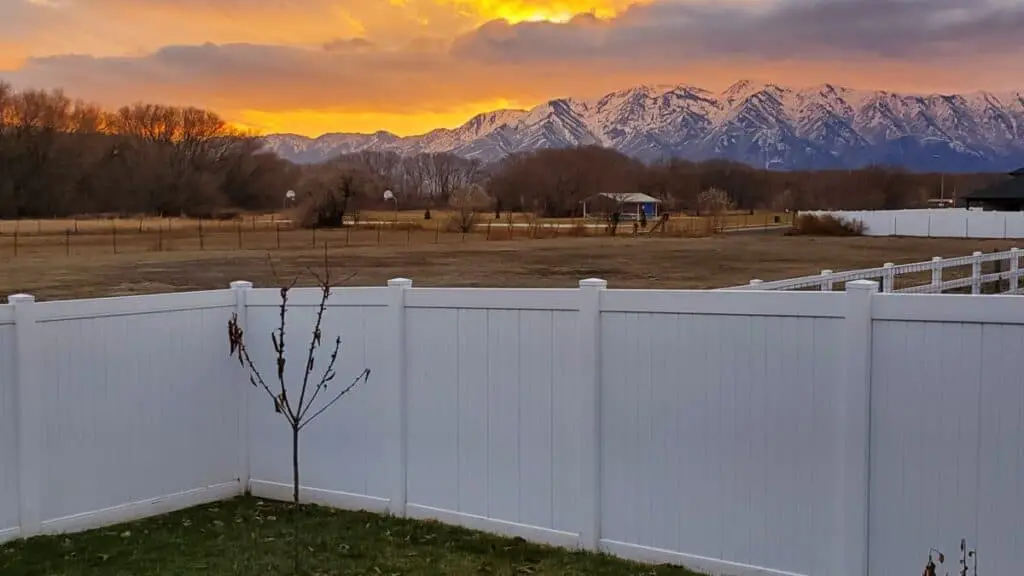
Considering a DIY Fence Installation? How to Jumpstart with Successful Planning
PVC Vinyl fencing manufactured to adhere or supersede industry standards yields a fence solution that is extremely low maintenance and will stand the test of time. Running a cost break-even analysis could certainly yield that due to vinyl fence’s low maintenance requirements, installing a PVC vinyl fence could be a huge benefit over wood and other higher maintenance fencing options.
Installation of PVC vinyl fencing can be arduous and technical at all levels of planning and installation. If you are considering a DIY fence installation, consulting a contractor and obtaining multiple bids could greatly help with planning and potentially save a lot of money—not to mention alleviate you from heavy backbreaking labor. Local contractors may also be able to recommend local fencing manufacturers that offer affordable high quality products.
I’ve written several articles about installing a vinyl fence—most of them directed to the DIY audience: all at: favoritefence.com
- Is it Hard to Install a Vinyl Fence?
- Can You Install a Vinyl Fence Without Concrete? Exploring Alternatives
- Do Vinyl Fence Post Need Wood Inserts? Alternatives will Save Time and Money
- Do you have to add concrete to vinyl fence posts?
These sources may assist with some of the challenges associated with installing a vinyl fence.
